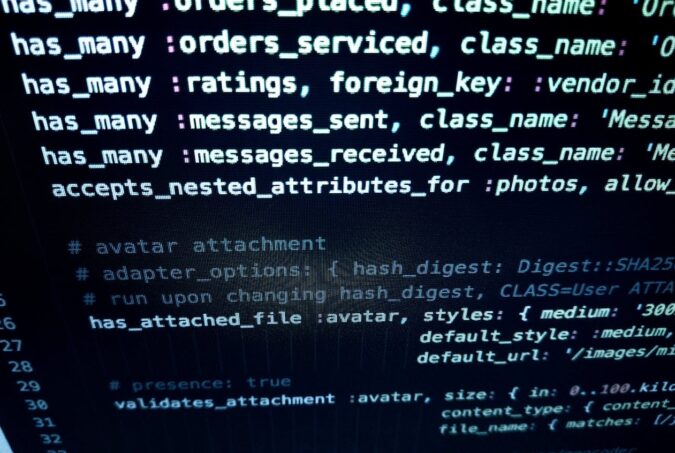The Internet has provided the social, individual, and technological circumstances needed for child pornography to flourish. Sex offenders have been able to utilise the Internet for dissemination of child pornographic content, for social networking with other pedophiles through chatrooms and newsgroups, and for sexual communication with children. A 2009 estimate by the United Nations estimates that there are more than four million websites containing child pornography, with 35 percent of them depicting serious sexual assault [1]. Even if this report or others exaggerate the true prevalence of those websites by a wide margin, the fact of the matter is that those websites are pervasive on the world wide web. Despite large investments of law enforcement resources, online child exploitation is nowhere near under control, and while there are numerous technological products to aid in finding child pornography online, they still require substantial human intervention. Despite this, steps can be taken to increase the automation process of these searches, to reduce the amount of content police officers have to examine, and increase the time they can spend on investigating individuals. While law enforcement agencies will aim for maximum disruption of online child exploitation networks by targeting the most connected players, there is a general lack of research on the structural nature of these networks; something we aimed to address in our study, by developing a method to extract child exploitation networks, map their structure, and analyse their content. Our custom-written Child Exploitation Network Extractor (CENE) automatically crawls the Web from a user-specified seed page, collecting information about the pages it visits by recursively following the links out of the page; the result of the crawl is a network structure containing information about the content of the websites, and the linkages between them [2]. We chose ten websites as starting points for the crawls; four were selected from a list of known child pornography websites while the other six were selected and…
Despite large investments of law enforcement resources, online child exploitation is nowhere near under control, and while there are numerous technological products to aid this, they still require substantial human intervention.





